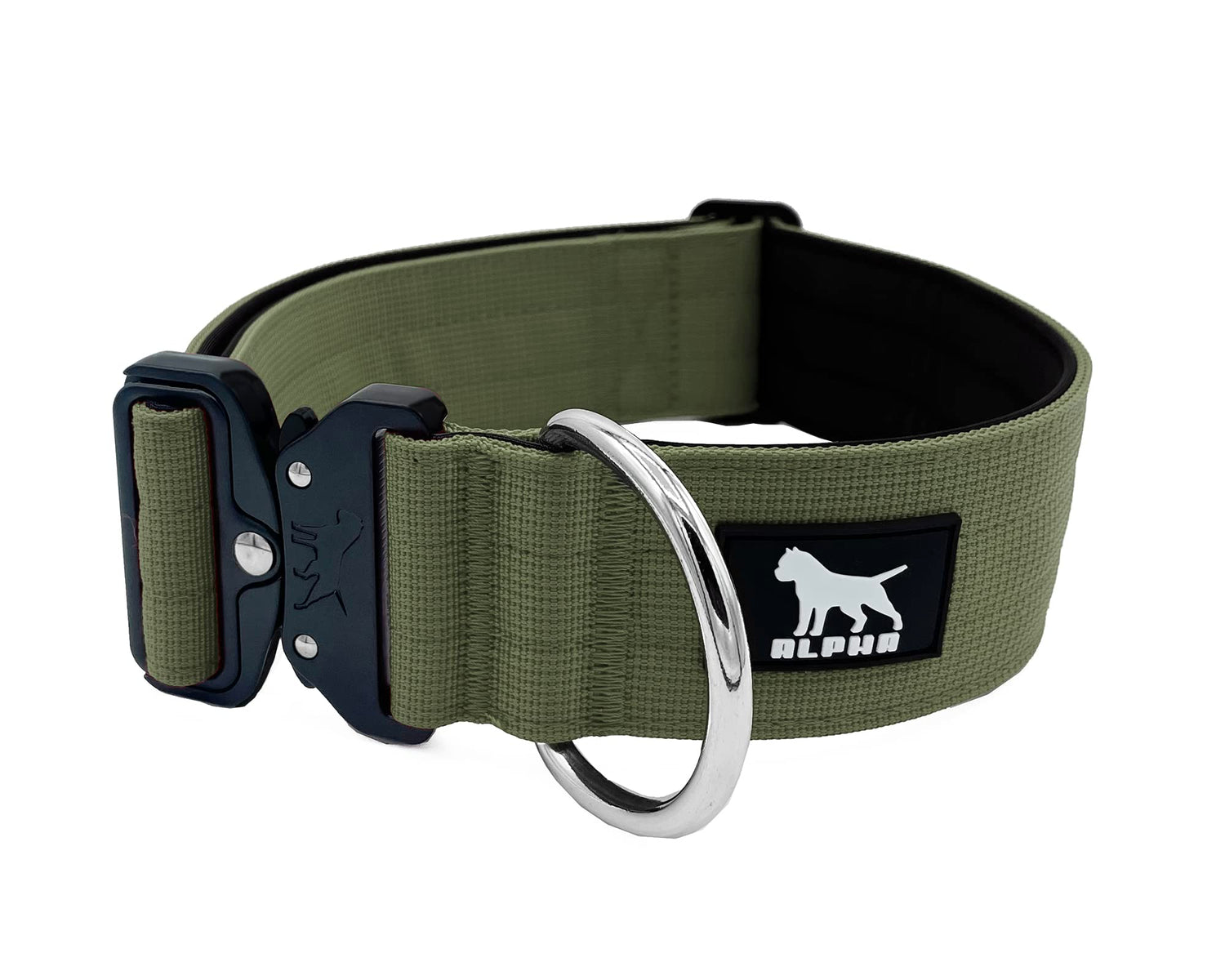Bringing a new puppy home is an exciting time, but it’s also when the foundation for future behaviour begins. One of the most important skills a young dog can learn early on is how to walk calmly on a lead. At Alpha Canine Gear, we believe that teaching proper leash manners from day one is the key to raising a well-balanced, confident dog.
No matter what breed you own, developing calm, structured leash habits early will save you years of frustration — and help you enjoy stress-free walks together for life.
Why Early Leash Training Matters
Many behavioural issues seen in adult dogs — pulling, lunging, and reactivity — often begin as unaddressed puppy habits. Puppies are curious and full of energy, but without guidance, they quickly learn that tension on the lead gets them where they want to go.
Early leash training teaches your dog to move with you, not against you. It creates focus, promotes calmness, and strengthens communication between handler and dog — all essential elements of a balanced relationship.
When to Start Leash Training
Once your puppy has settled at home and is comfortable wearing a collar, you can begin introducing the lead. Start in a quiet, distraction-free area such as your garden or living room. Short, positive sessions are best — five minutes at a time is plenty for a young pup.
The key is patience and consistency. Every calm, positive experience your puppy has on the lead builds confidence and understanding.
The Right Tools for the Job
Choosing the right lead and collar is crucial during these early stages.
-
Slip Leads for Clarity and Control
A soft, lightweight slip lead offers gentle communication through pressure and release. When used correctly, it helps your puppy understand that walking calmly keeps the lead loose, while pulling creates momentary tension that disappears as soon as they relax. -
Flat Collars for Familiarity
If you prefer to start with a flat collar and clip lead, ensure it fits comfortably and doesn’t slide over the puppy’s head. -
Avoid Retractable Leads
Retractable or flexi leads encourage pulling by rewarding forward movement. For a puppy learning leash manners, a fixed-length lead is far more effective.
How to Build Good Leash Habits
-
Start Calm, Finish Calm
Before clipping on the lead, wait until your puppy is calm. If you attach the lead while they’re bouncing with excitement, you’re reinforcing that behaviour. -
Short, Focused Sessions
Keep early sessions short and end on a positive note. A calm, successful two-minute walk is more valuable than a chaotic ten-minute one. -
Reward Calm Behaviour
Praise your puppy when they walk beside you with a loose lead. The goal isn’t to bribe — it’s to reinforce calm, relaxed walking. -
Consistency Is Key
Every family member who walks the dog should use the same rules, commands, and handling technique. Mixed signals confuse young dogs and slow their progress.
Common Mistakes to Avoid
-
Letting your puppy drag the lead around unsupervised — it encourages pulling and independence.
-
Constantly talking or correcting without releasing tension. The power of the slip lead comes from clear, timely communication, not constant pressure.
-
Skipping calmness. If your puppy can’t stand still with a loose lead for a few seconds, they’re not ready to walk yet.
Final Thoughts: Building Confidence for Life
Teaching leash manners early is about more than obedience — it’s about communication, calmness, and confidence. The habits your puppy learns today shape the dog they’ll become tomorrow.
At Alpha Canine Gear, our slip leads are built to make those first walks simple, effective, and enjoyable:
A. Lightweight and Comfortable – Soft, non-irritating rope ensures comfort for growing pups while providing gentle control.
B. Designed for Clear Communication – Smooth pressure and release help your puppy understand what calm walking feels like.
C. Durable and Reliable – Crafted to last through every stage of your dog’s development, from first walks to confident adulthood.
With the right technique and the right lead, every walk can be calm, rewarding, and full of progress.


































